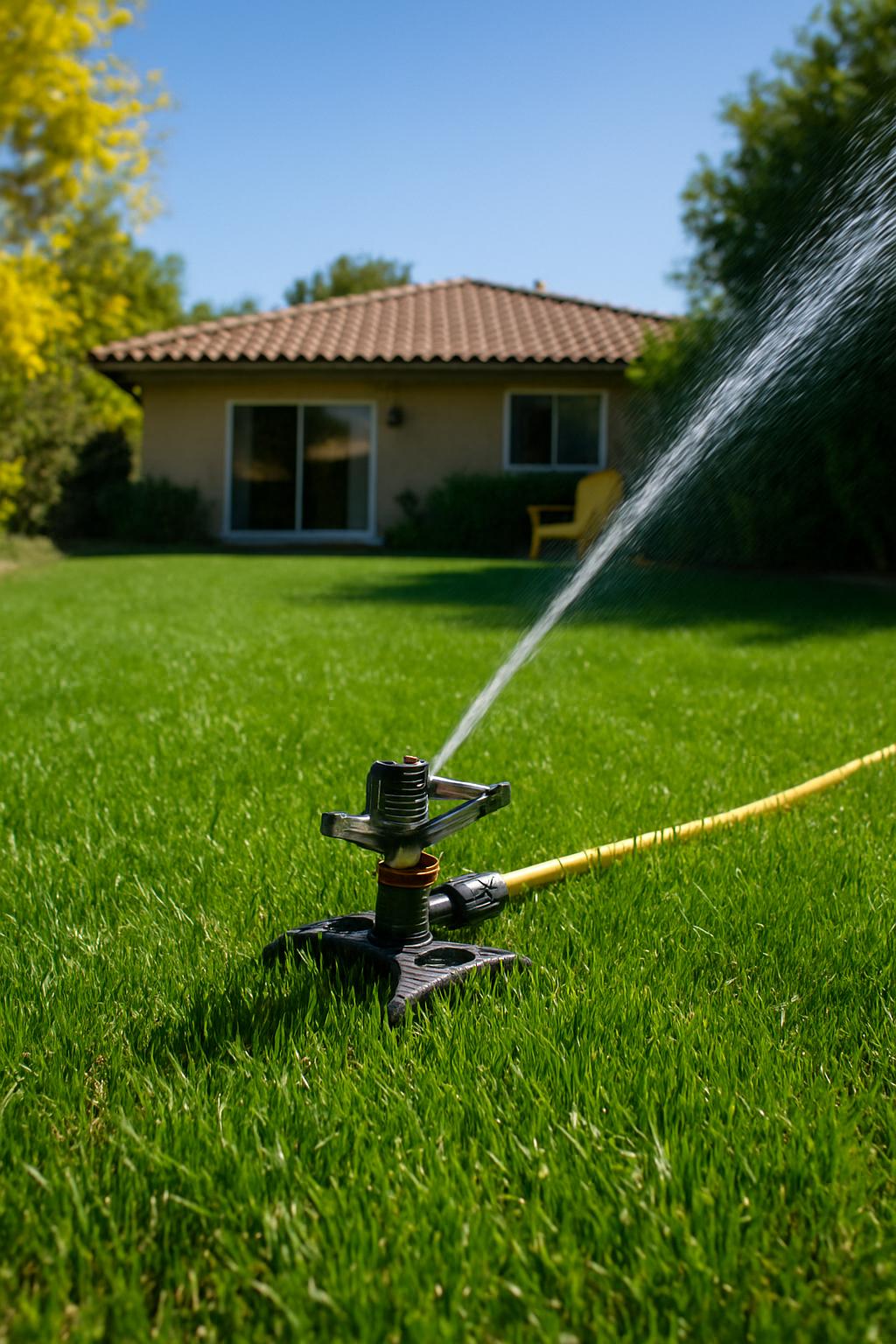Watering Schedules for Gilbert Lawns in Spring
How Spring Temperatures Affect Water Needs in Gilbert Spring in Gilbert, AZ brings warming days and cooler nights—the ideal transition period for your lawn to move from winter dormancy into vibrant, active growth. However, watering at the right time and frequency is crucial for healthy turf and water conservation. Too much water can cause shallow … Read more

